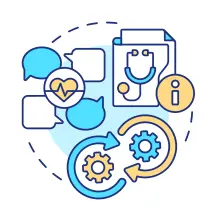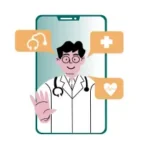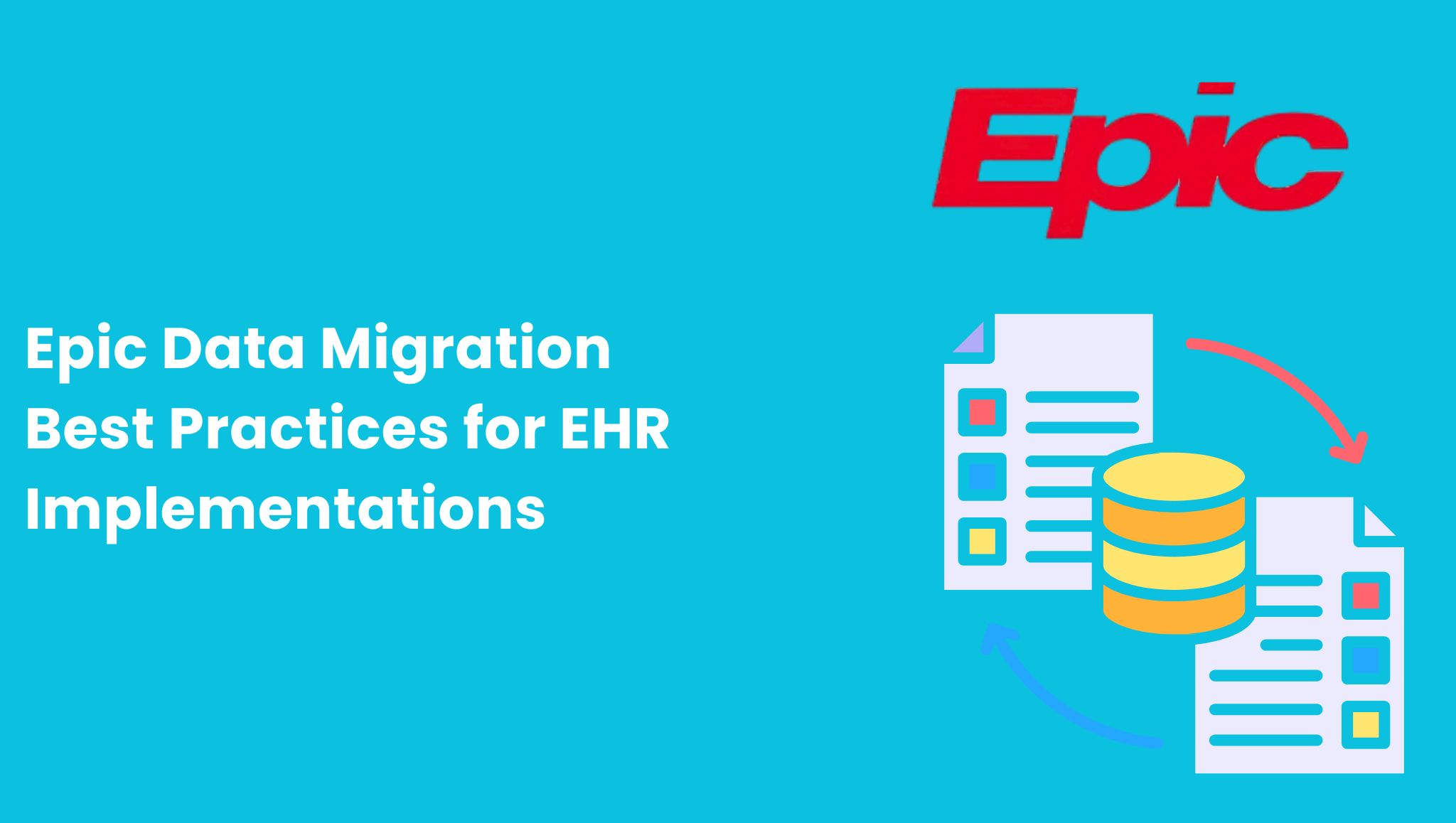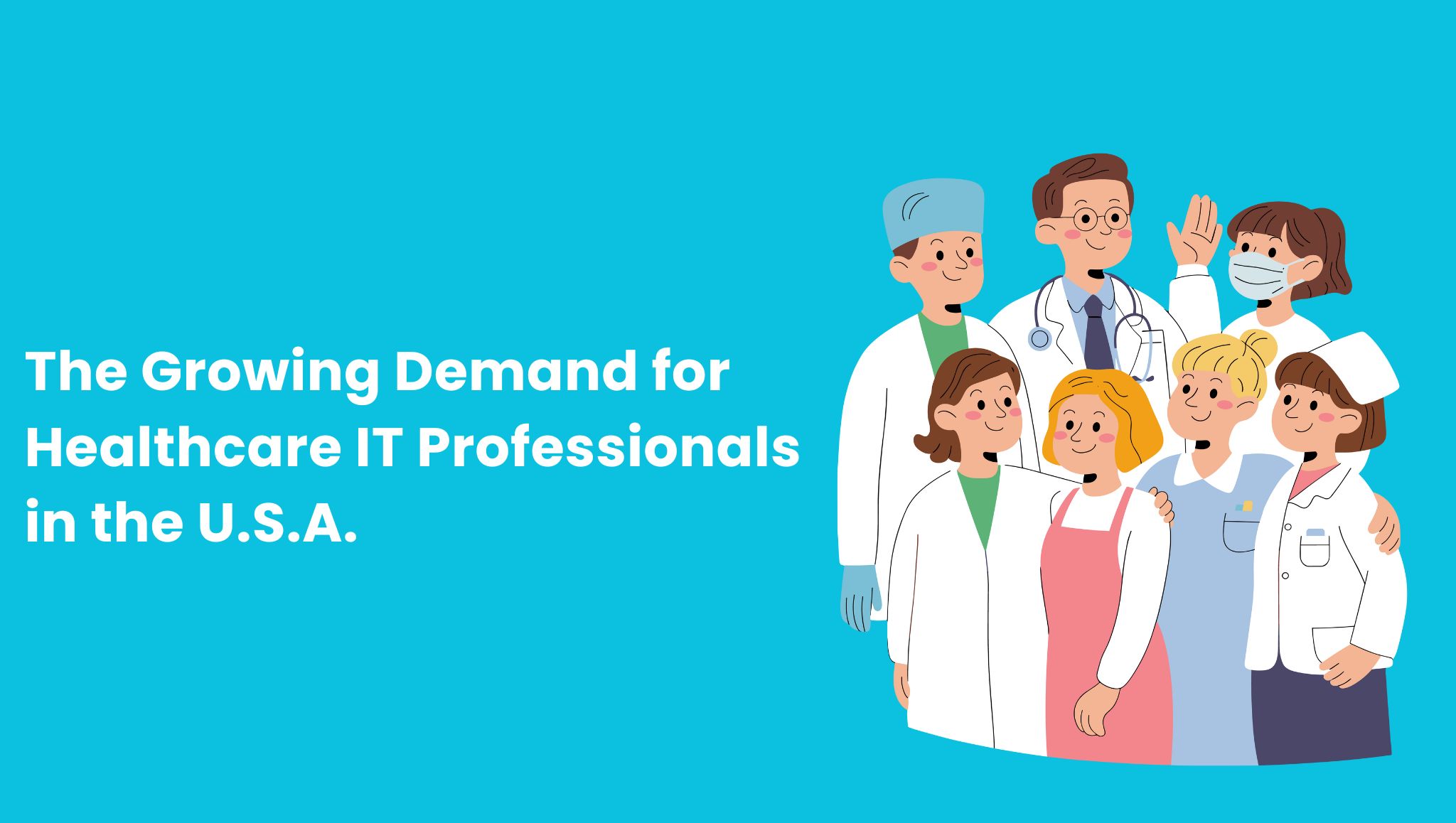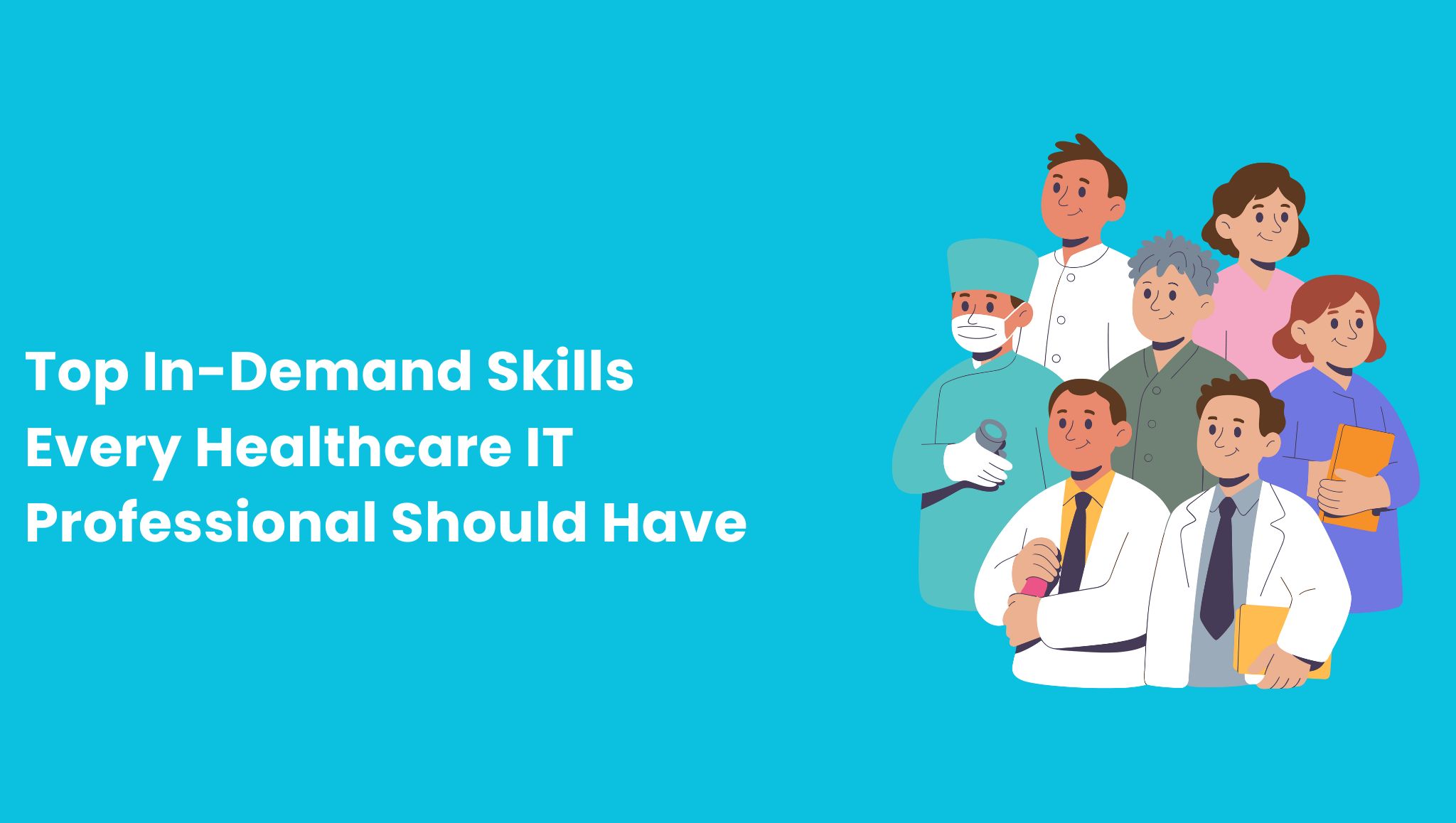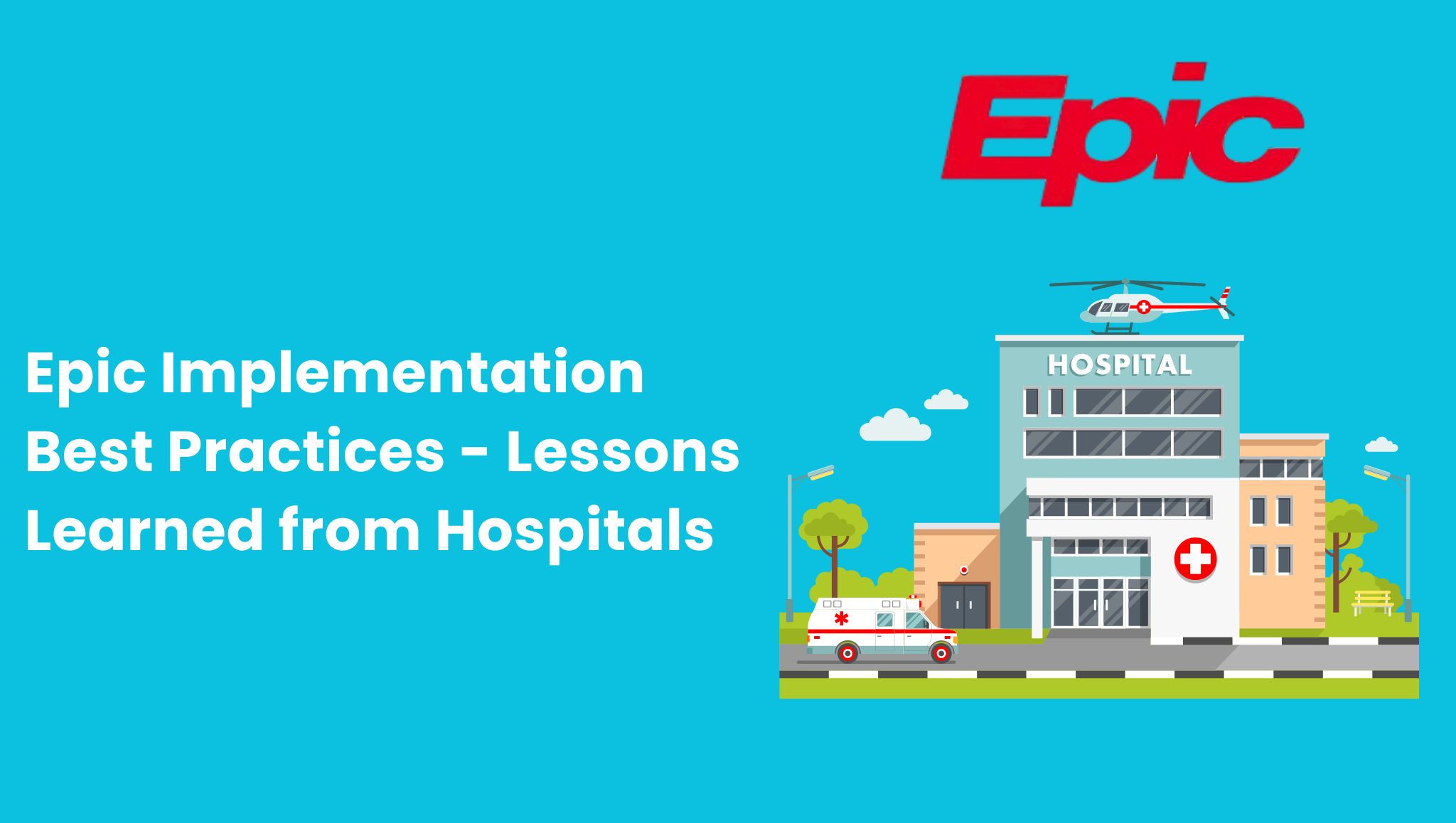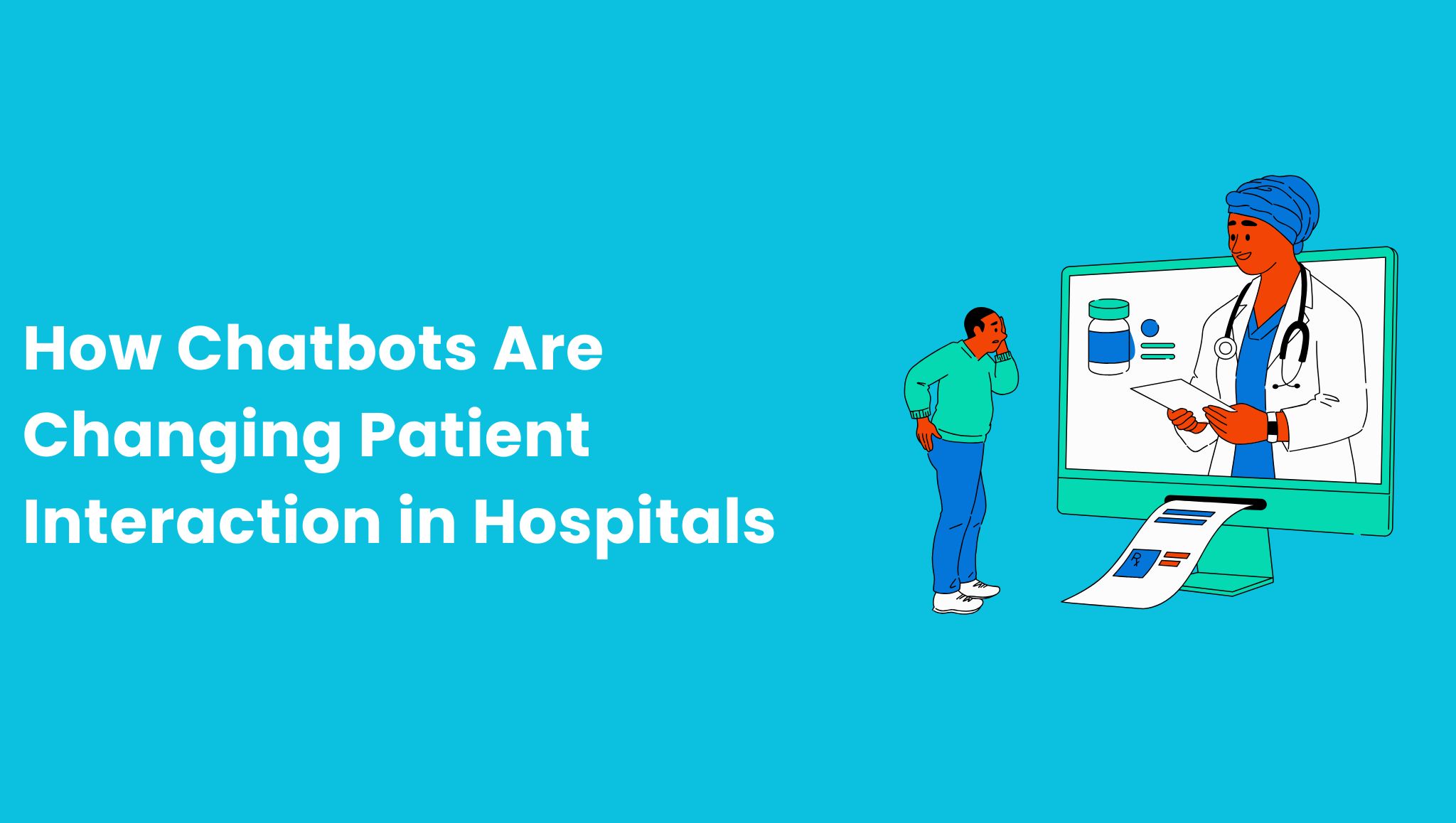
How Chatbots Are Changing Patient Interaction in Hospitals is no longer a futuristic vision it is today’s reality hospitals are increasingly adopting AI-powered chatbots to deliver quicker responses, reduce waiting times, improve patient interaction, and optimize operations. These digital assistants are transforming healthcare experiences by handling tasks like scheduling appointments, providing round-the-clock support, sharing health education, and even offering emotional companionship.
Why Are Chatbots Important for Providers Today?
Chatbots are becoming increasingly valuable in healthcare because they allow hospitals to respond more quickly, cut down patient waiting times, and offer support at any hour of the day. By handling tasks such as scheduling appointments, addressing common questions, and directing patients to the right type of care, they boost efficiency, improve the overall patient experience, and free up medical staff to concentrate on more urgent cases.
The Importance of Chatbots in Healthcare
1. 24/7 Availability & Instant Access
a) Chatbots provide round-the-clock engagement, eliminating long waits and office-hour limitations.
b) Patients now have the ability to ask questions, manage their appointments, and access guidance at any time. This proves especially valuable for urgent situations or for individuals in remote locations who may not have immediate access to healthcare services.
c) This constant availability builds patient trust and ensures timely support.
2. Smarter Triage, Scheduling & Follow-Ups
a) Chatbots simplify the first step of care by asking patients about their symptoms and directing them to the right option—whether that’s self-care, emergency services, or a clinical visit.
b) They also manage appointments smoothly, handling bookings, reminders, cancellations, and rescheduling. This not only reduces missed appointments but also lightens the workload for staff.
c) After treatment, chatbots can send follow-up messages and medication reminders, helping patients stick to their care plans and stay on track with recovery.
d) A real-world example shared on Reddit showed the impact clearly: an AI voice agent cut manual work by 75%, boosted appointment attendance by 30%, shortened call times, lowered costs, and even provided multilingual support—all while improving patient satisfaction.
3. Improved Patient Engagement & Education
a) Chatbots enhance personalization by adjusting their responses to each patient’s medical history, preferences, and unique needs, which helps strengthen engagement and motivation.
b) They also deliver health education in simple, easy-to-understand formats, allowing patients to gain clearer knowledge about their conditions, treatments, and preventive measures.
c) By maintaining consistent communication such as sending medication reminders or tracking symptoms chatbots keep patients engaged in their care and contribute to better health outcomes.
4. Enhanced Efficiency & Cost Savings
a) Chatbots ease the burden on healthcare teams by automating FAQs, administrative work, triage, and appointment scheduling freeing staff to concentrate on more complex care needs.
b) In the U.S., some healthcare providers have reported efficiency improvements of up to 40% after adopting chatbot solutions.
c) On a global scale, savings linked to chatbot use reached about $3.6 billion in 2022, compared to only $2.8 million in 2017 showcasing their rapidly growing impact.
5. Accessibility & Anonymity
a) Chatbots help underserved and remote communities by removing barriers of distance, time, and language, making healthcare more accessible.
b) Multilingual chatbots support international patients by simplifying registration and answering common questions in their preferred language.
c) Their nonjudgmental interface also encourages patients to talk more openly about sensitive issues such as mental health or sexual health than they might with a human provider.
6. Compassion & Empathy via AI Interaction
a) Studies reveal that Large Language Model–based chatbots can deliver highly empathetic responses, in some cases even surpassing physicians in structured evaluations.
b) For individuals who feel socially isolated, interacting with chatbots can create a sense of companionship and contribute to better perceived social support.
c) Consistent empathetic engagement through chatbots also plays a key role in improving overall patient satisfaction.
7. Real-World Implementations
a) Cedars-Sinai uses the GYANT platform to assist with symptom triage and guided diagnosis.
b) Babylon Health provides virtual support for managing chronic conditions.
c) Livongo leverages AI insights to deliver tailored diabetes care.
d) UCHealth’s “Livi” chatbot helps streamline scheduling, triage, and reduce administrative burdens.
e) Mount Sinai employs chatbots for after-hours triage and to quickly connect patients with telehealth services.
f) Singapore General Hospital integrates AI chatbots for symptom screening and patient routing before appointments.
8. Key Challenges & Ethical Considerations
a) Accuracy & Mis-advice: Chatbots may sometimes misinterpret symptoms or provide incorrect guidance, which can put patients at risk.
b) Bias & Health Disparities: Since models can reflect racial or cultural biases, there’s a danger of unintentionally worsening existing healthcare disparities.
c) Privacy & Data Security: Protecting sensitive patient data is critical, requiring compliance with HIPAA or equivalent data protection regulations.
d) Lack of Empathy & Human Judgment: Even though chatbots can simulate empathy, they cannot match the nuanced clinical judgment and expertise of human doctors.
e) Technology Literacy and Trust: Patients with limited digital literacy may face challenges in using chatbots effectively, leading to uneven adoption.
f) Overreliance & Psychological Risks: Excessive dependence on chatbots could result in emotional attachment or unsafe decision-making without human oversight.
g) Prompt Sensitivity: Small errors or vague phrasing in patient inputs can mislead chatbot reasoning, raising safety and reliability concerns.
9. Best Practices for Responsible Use of Healthcare Chatbots
a) Chatbots should act as a complement to human care—managing routine questions while leaving complex decisions to healthcare professionals.
b) Ongoing training and regular audits are vital to minimize bias and improve response accuracy.
c) Strong privacy protections, transparent patient consent, and strict regulatory compliance must guide chatbot use.
d) Inclusive design and patient education are key to ensuring equitable access, particularly for individuals with limited digital literacy.
e) Clinicians should use chatbot-generated insights as support tools while maintaining empathy and clinical judgment.
f) Regulations and ethical standards need to continuously evolve to ensure AI in healthcare is deployed safely and responsibly.
Summary Table
| Aspect | Benefit | Key Considerations |
|---|---|---|
| 24/7 Access | Immediate support anytime | Accuracy and reliable design |
| Scheduling & Triage | Automates logistics, reduces staff load | Integration with hospital systems |
| Engagement & Education | Personalized care and health empowerment | Clinical validation required |
| Efficiency | Cost and time savings | Maintain quality and ethics |
| Accessibility & Anonymity | Inclusive, stigma-free communication | Address digital literacy gaps |
| Emotional Support | Empathy and companionship | Monitor for overuse |
| Future Potential | Scalable, extended support | Governance and compliance |
Conclusion
Chatbots are transforming the way hospitals interact with patients by bringing greater immediacy, engagement, efficiency, and inclusivity to care. Their advantages are significant, but safe and ethical adoption requires thoughtful design, strong privacy safeguards, continuous oversight, and a human-centered approach. Hospitals that achieve this balance will be at the forefront of shaping the future of patient care with AI.






